Community Collaborations
How the local community helped shape the Burrell experience
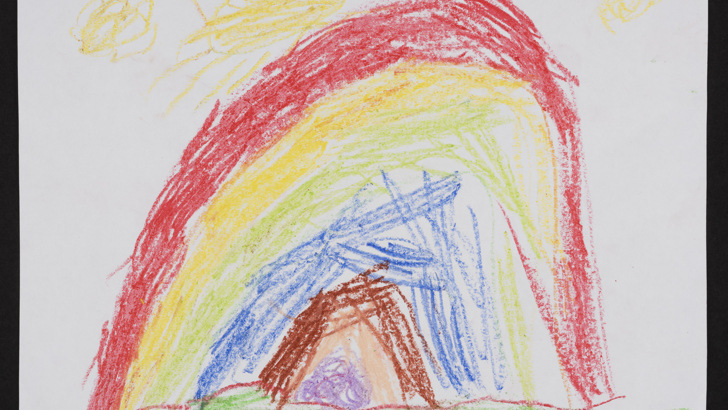
We’ve worked with over 7,600 individuals and community group members who represent the wide range of visitors who will come to the Burrell
Working together for a new Burrell
Renovating the Burrell Collection could not have been completed without the involvement and support of the public.
Throughout the renovation, we’ve worked closely with local schools and nurseries in order to anticipate the needs and wants of our younger guests. Museums can be overwhelming for children but also represent a fantastic opportunity to introduce them to new ideas. Taking this into account, we’ve designed our galleries to be accessible (both physically and conceptually) to our youngest guests. Interactive content throughout the museum allows children – and adults - to enjoy and understand the collection at their own pace.
We’ve also been working closely with disability advocacy groups to ensure that the museum is accessible to users who may face physical, sensory or financial barriers to access. The result of these partnerships includes large physical changes to the museum, for example, building 10 accessible bathrooms and increasing gallery floor space. In terms of the museum’s new digital capabilities, we’ve ensured that all of our interactive displays have text available in large, readable formats, and that all of our spoken-word audio content has been interpreted into BSL.
Watch the video of Foxy below, who is a member of the Burrell Collection Access Panel, describe how getting involved has helped with her neurodiversity.
In order to ensure that our museum is as welcoming and inclusive as it can be, we’ve also worked closely with BAME and interfaith community groups across Glasgow when planning the redesign. Their invaluable input has informed both physical and curatorial aspects of the gallery spaces. We’ve worked with these members of the public to ensure that the stories told by our pieces are mindful and representative of the lived experiences of those from minority communities. The input of these groups has also impacted physical design choices, such as including a quiet room that can be used for prayer.
Being situated in Glasgow’s largest park is a privilege that we have not taken lightly, and a huge focus of the redesign has been reframing the role that we play within Pollok Park. To do this, we’ve made physical changes to the building like the inclusion of changing facilities for runners and cyclists, and facilitating direct access to the restaurant and cafe for those who don’t wish to visit the galleries. We’re also mindful of ensuring a visit to the Burrell can be an affordable day out for the public and so as well as having free admission, we’ve also included regular picnic areas for visitors to bring their own food.
Community Collaborators
Here's just some of the local groups who helped shape the new Burrell
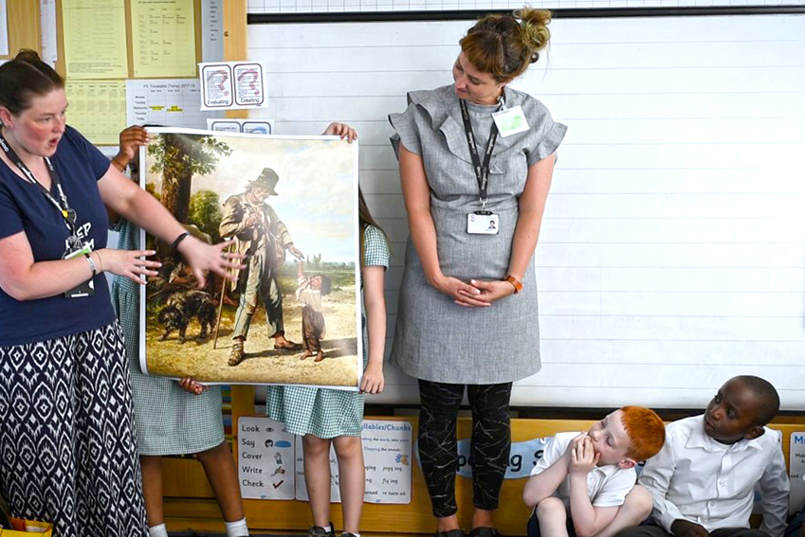
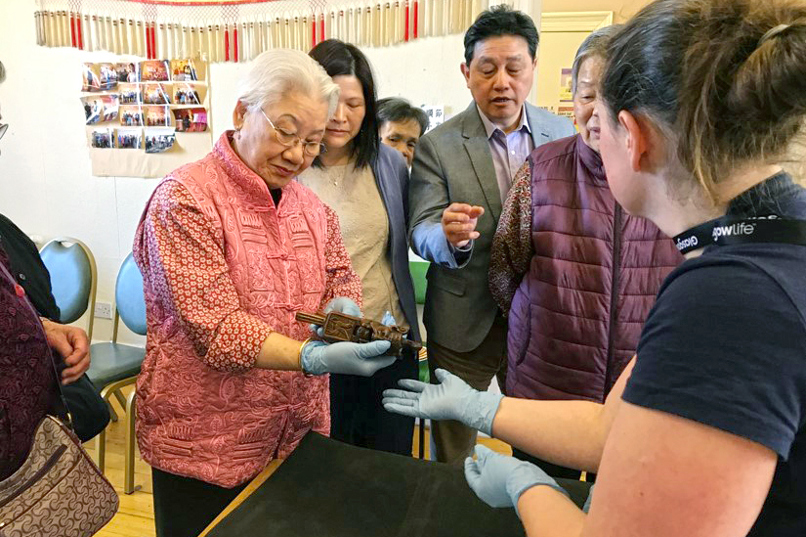
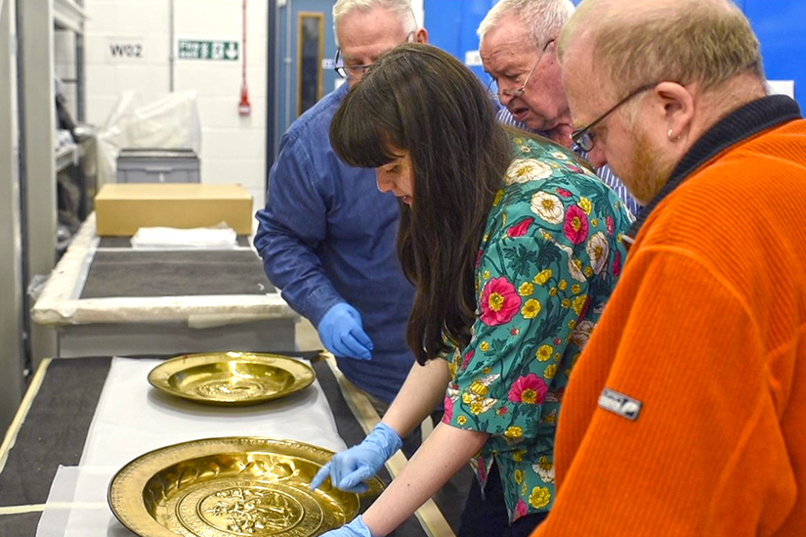
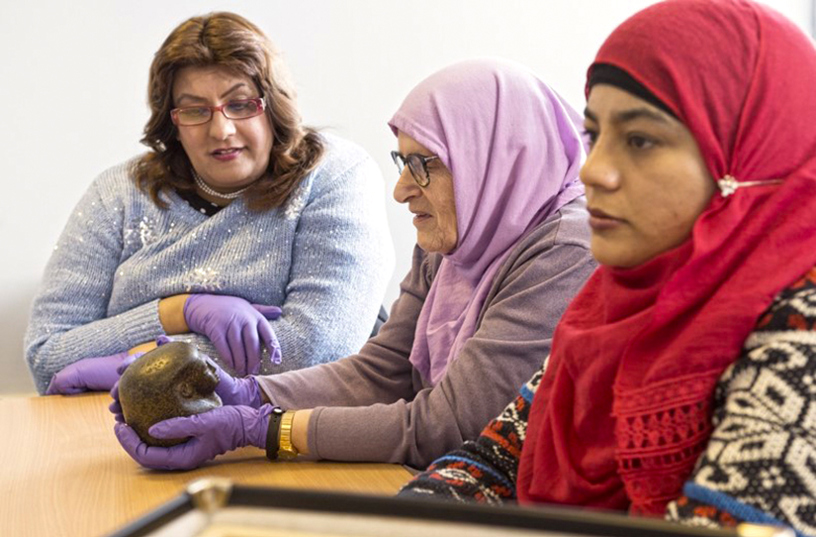
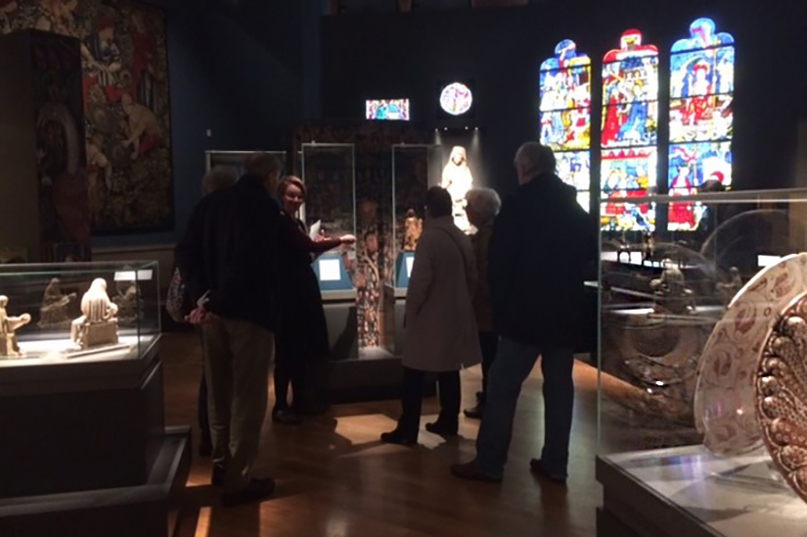
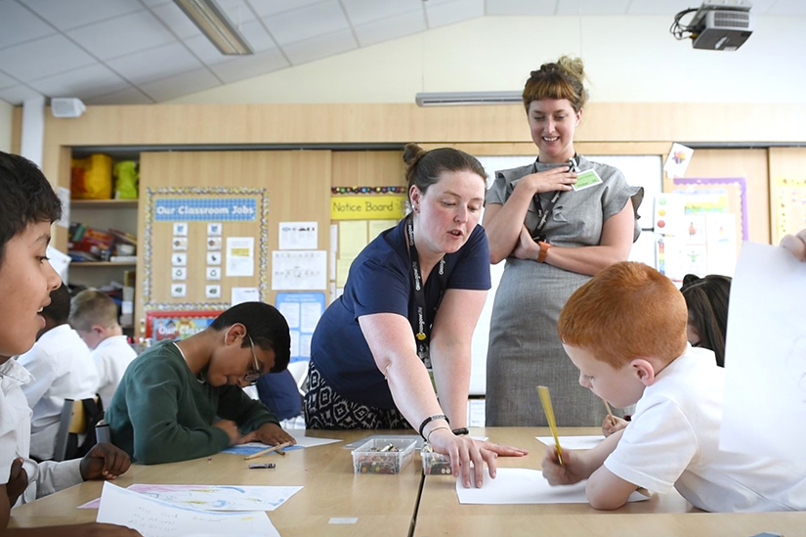

Inspired by you!
The Learning team is committed to giving you the chance to get involved with The Burrell Collection.
We've developed partnerships with many groups who have been involved in lots of different projects, helping to inform our new displays and activity programme.
These partnerships have helped develop a range of resources and informed object selection and interpretation, including:
Handling boxes
Three local groups worked with the learning team to each create a handling box of museum objects. Each group made decisions about the design of their box and its name, the items to be included and how information would be shared about the objects.
The team really enjoyed working with the following groups to develop these boxes: Pollok Children’s Centre, Amina Muslim Women’s Resource Centre and Southside Housing Association.
The boxes will be an excellent resource, which the team will use in their community-based work across the city and in the museum for years to come.
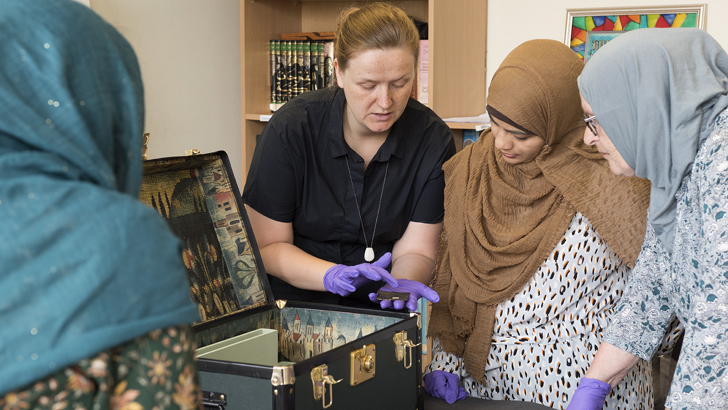
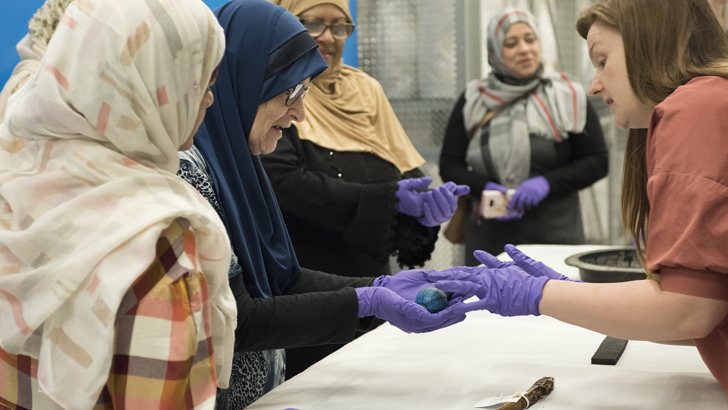
Southside Showcases
Our project team has also worked with three local groups to co-produce display cases at Pollok Civic Realm, the local community hub.
Shawlands Primary School’s Museum Committee, Pollok Craft Club and Pollokshaws Area Network’s needlework group, each worked with a team of Burrell Project staff to select real objects from our collection. These groups wrote interpretations for the objects, and designed each case to meet The Burrell’s high accessibility and display standards. You can see the fruits of each group’s hard work in the Community Museum at Pollok Civic Realm.
A small selection of the objects chosen and the interpretation written by the groups will feature in a future exhibition at the museum. Watch this space!
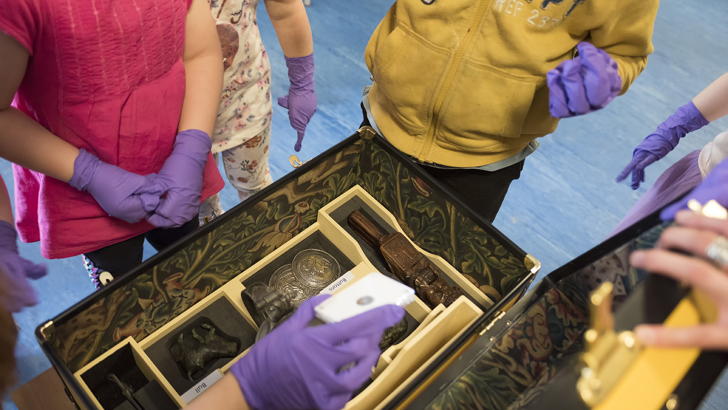
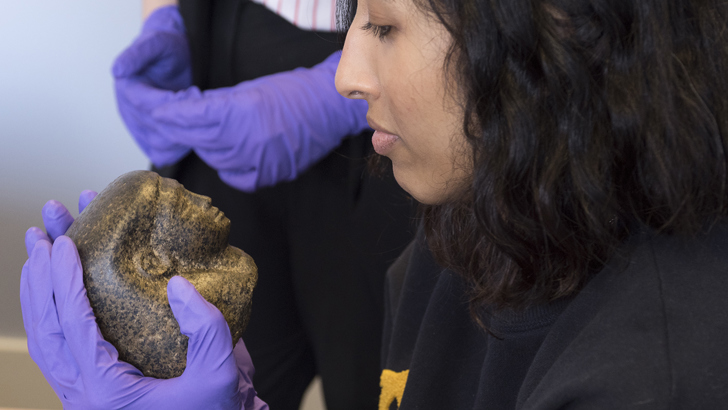
Groups
Collection displays
Community Collaborations
In total, The Burrell Project team worked with 17 different groups on 13 displays for the museum, focusing on sharing diverse histories and involving audience groups who were previously under-represented in The Burrell Collection’s visitor numbers.
The groups have shared their own insights and life experiences in relation to the objects and in turn, have learned a variety of new skills. We can’t give too much away just now about what the displays will be, but some of the groups we worked with include: LifeLink, LGBT Health and Wellbeing, Interfaith Scotland, Glasgow Women’s Library and Wing Hong Chinese Elderly Centre.